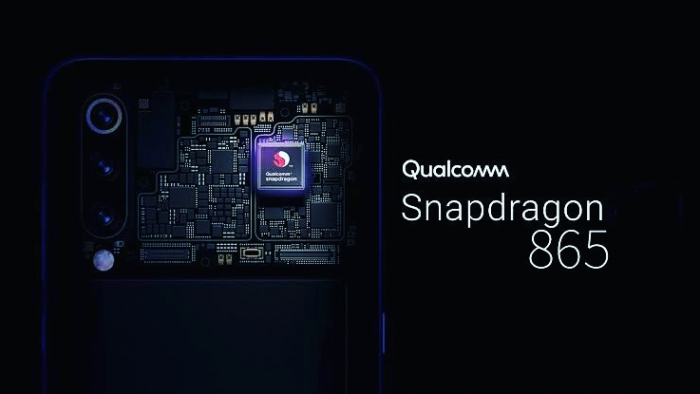Reports came from South-Korea indicating that Samsung Electronics has received orders from Qualcomm to produce its next-gen application processor (AP) which is expected to go official as Snapdragon 865. This comes a year after the Korean lost the supply for the Semiconductor manufacturing company (TSMC) that is responsible for the current Snapdragon 855 chips.
South Korea media Theelec reports that Samsung should start the manufacture of its SD865 chipsets by the end of 2019. The next-gen chipset will be manufactured on the 7nm ultra-violet (EUV) process with high throughput. This will be the very first Chipset that Samsung is manufacturing for Qualcomm with its proprietary 7nm EUV process. Back in 2017, the Korean maker produced the Snapdragon 845 for Qualcomm using the 10 processes. Last year, TSMC took the lead with the 7nm process, thus making Qualcomm order the Snapdragon 845 from them.
![]()
Qualcomm believes that Samsung’s 7nm EUV process is more competitive than TSMC 7nm process, so it’ll be opting for the South Korean chipset design in the next year. Earlier in April, Samsung reportedly began shipping the 7nm EUV process Exynos AP, which should be present in the company’s next flagship – The Galaxy Note 10 – that should go official in August.
Reports indicate that the negotiations between the two giants of the industry are still ongoing, however, are reaching the final stages. The next line of Snapdragon chipsets, aka Snapdragon 865 is expected to debut in premium flagship handsets by 2020. Apart from Qualcomm, other companies such as NVIDIA, IBM and several others apart from Apple and Huawei are going to use Samsung’s 7nm EUV. The next-gen chipset is expected to come in two flavors, a standard version and another one equipped with Snapdragon X55 5G chipset.





